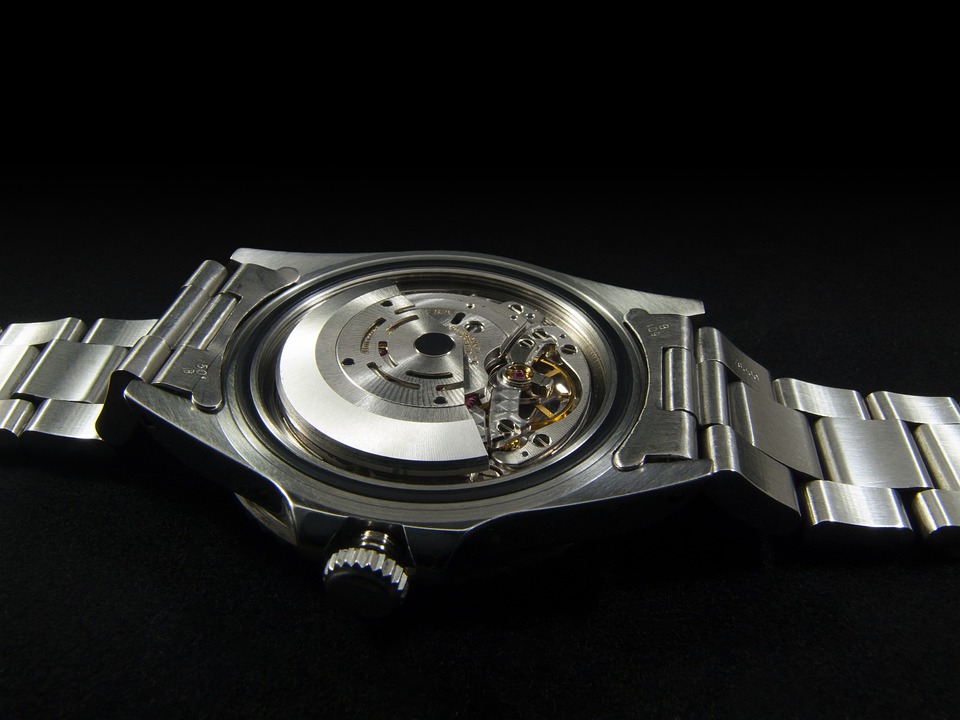Moissanite Diamonds: How to Spot the Real vs. Fake
Moissanite diamonds have gained popularity in recent years as a more affordable alternative to traditional diamonds. They offer a similar brilliance and sparkle, but at a fraction of the cost. However, with the rise in demand for moissanite diamonds, there has also been an increase in the production of fake or synthetic moissanite stones. It is important to know how to spot the real from the fake to ensure you are getting what you paid for.
Real vs. Fake Features
Moissanite diamonds, whether real or fake, share some common features. Both have a high refractive index, meaning they reflect light exceptionally well, resulting in a dazzling sparkle. They also have a high dispersion rate, which produces the “fire” or flashes of color that are characteristic of diamonds.
However, there are certain features that can help you distinguish between a real moissanite diamond and a fake one.
1. Color
Real moissanite diamonds are nearly colorless and exhibit a bright white or grayish hue. On the other hand, fake moissanite stones may have a yellowish or greenish tint. If the stone appears too vibrant or colorful, it is likely a fake.
2. Brilliance and Sparkle
Moissanite diamonds, whether real or fake, are known for their brilliance and sparkle. However, real moissanite stones tend to have a higher refractive index, resulting in a more dazzling display of light. If the stone lacks brilliance or appears dull, it is likely a fake.
3. Hardness
One of the key characteristics of moissanite diamonds is their exceptional hardness. On the Mohs scale of mineral hardness, moissanite is rated at 9.25, just below that of a diamond at 10. This means that moissanite is highly resistant to scratches and abrasions. You can test the hardness of a stone by scratching it against a harder surface. If the stone shows signs of scratching, it is likely a fake.
4. Double Refraction
Another distinguishing feature of moissanite diamonds is their double refraction. When light enters a moissanite stone, it splits into two rays, resulting in a doubling of the facets and a slight fuzziness in the stone’s appearance. This effect is not seen in real diamonds. To test for double refraction, place the stone on a line of text and observe if the lines appear doubled. If they do, it is likely a moissanite.
5. Price
While not a foolproof method, price can be an indicator of a moissanite’s authenticity. Real moissanite diamonds are significantly more affordable than natural diamonds. If the price seems too good to be true, it may be a fake moissanite stone.
Conclusion
With the increasing popularity of moissanite diamonds, it is important to know how to spot the real from the fake. By examining the stone’s color, brilliance, hardness, double refraction, and price, you can determine if a moissanite diamond is genuine or synthetic. Remember to buy from reputable jewelers and ask for a certificate of authenticity to ensure you are getting a real moissanite diamond.

